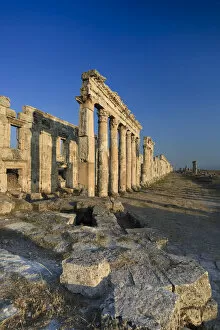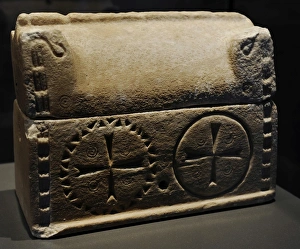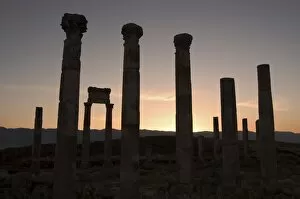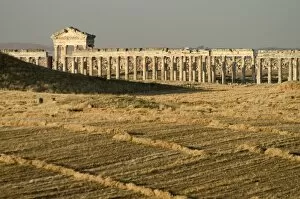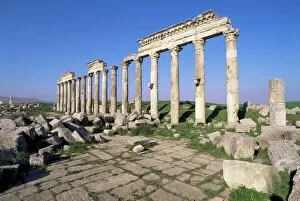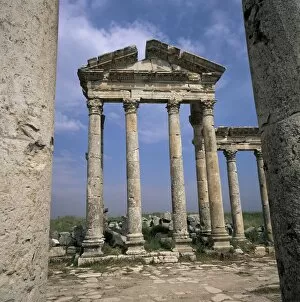Apamea Collection
Apamea, a captivating archaeological site located in Syria, holds centuries of history within its ancient walls
All Professionally Made to Order for Quick Shipping
Apamea, a captivating archaeological site located in Syria, holds centuries of history within its ancient walls. Founded in the 3rd Century BC, Apamea (also known as Afamia) is a testament to the rich cultural heritage of this region. As you wander through the ruins, you will come across the remarkable 2km Cardo, a Roman road that once bustled with life and commerce. This well-preserved pathway takes you back in time, allowing you to imagine the vibrant atmosphere that once filled these streets. Nature enthusiasts visiting Apamea may be delighted to spot various species of moths fluttering around. Among them is the Garden Dart moth and other fascinating creatures depicted in Curtis British Entomology Plate 260. These delicate insects add an ethereal touch to this historical landscape. One cannot miss marveling at the Monumental Column and Colonnade standing tall amidst Apamea's grandeur. A true masterpiece of Roman artistry, it serves as a reminder of their architectural prowess and enduring legacy. For those intrigued by Byzantine history, a visit to Apamea unveils a sarcophagus-shaped reliquary dating back to the 5th-6th centuries AD. This exquisite artifact showcases intricate craftsmanship and offers insight into religious practices during that era. The Colonnade in Cardo Maximus Avenue stands as another awe-inspiring sight within Apamea's vast complex. Its majestic columns stretch into infinity, evoking a sense of grandeur and majesty from times long gone. Exploring further reveals remnants of Roman houses scattered among ruins – silent witnesses to lives lived centuries ago. Each stone tells stories untold; each wall whispers secrets waiting to be discovered by curious minds eager for knowledge. The Architrave adorning the colonnade in Cardo adds yet another layer of beauty to this extraordinary site. Intricate carvings depict scenes from ancient mythology, transporting visitors to a world of gods and heroes.

